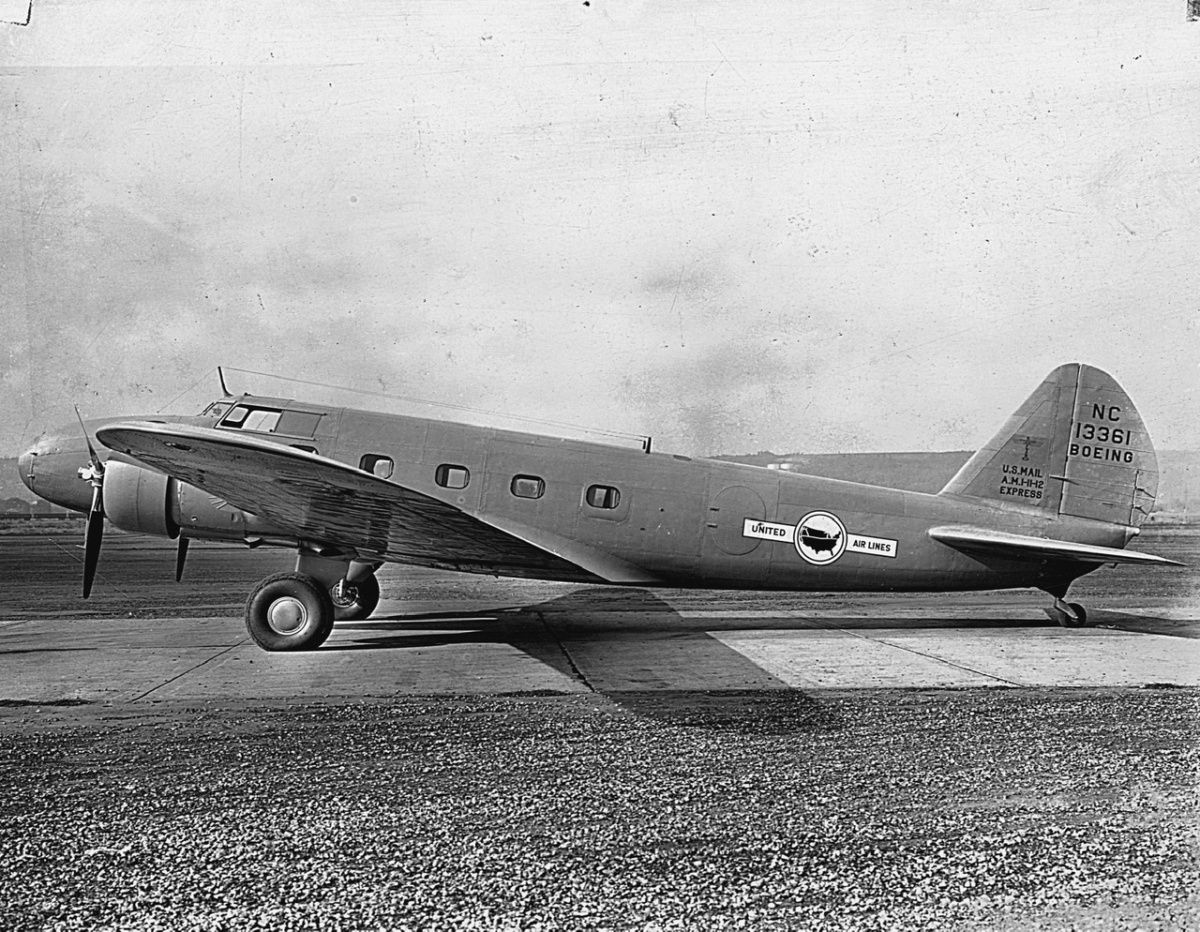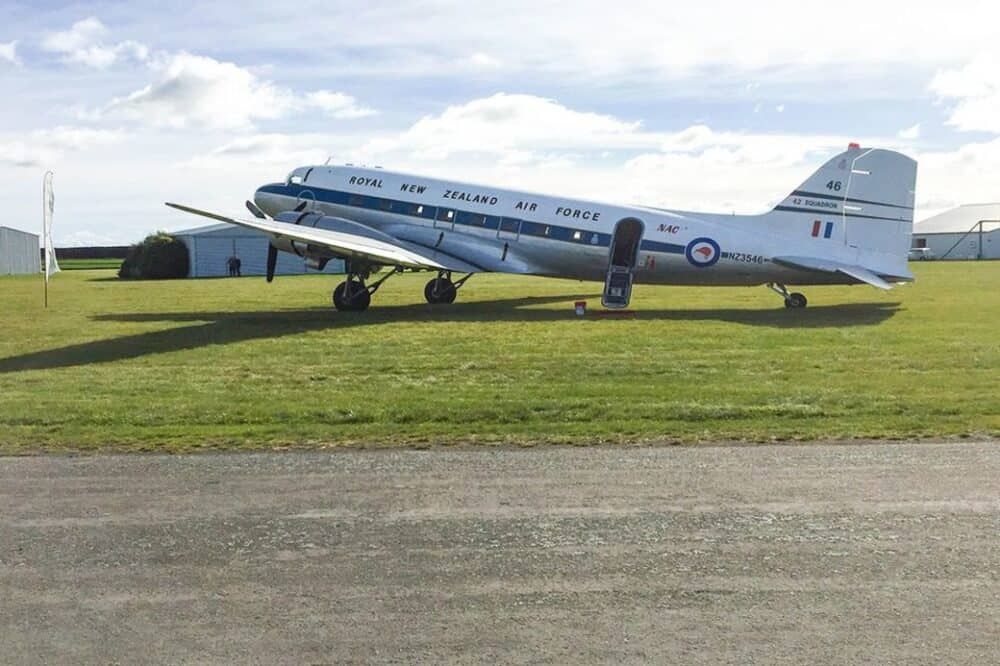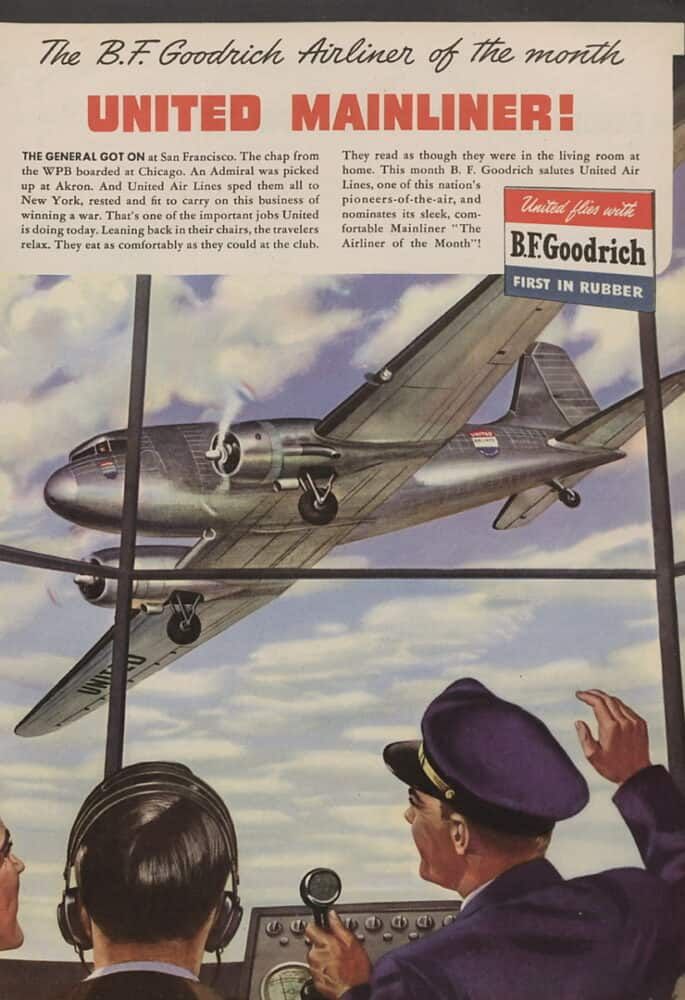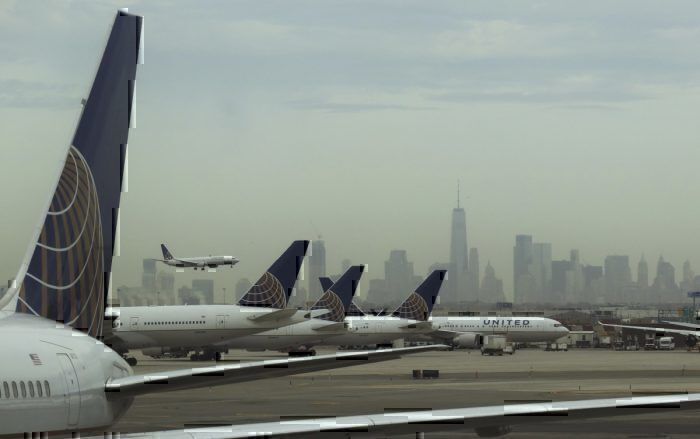For nearly a century, United Airlines has been a household name when it comes to aviation in the United States. Along the way, it has been part of some significant events in modern history. One of the key moments was World War II: While most of the world was in some way involved with the war, how was the carrier affected?
Well prepared
United was becoming a force to be reckoned with in the years leading up to American's entrance to the conflict. It had the expertise and resources available to assist with operations in the air.
The US Centennial of Flight Commission highlights how Boeing, United Aircraft, and United Air Lines (how it was spelled at the time), were split as a result of the Air Mail Act of 1934. By the time of this shift, United Air Lines was comfortable with performing operations between the US coasts.
The carrier was flying between New York, San Francisco, and Los Angeles while stopping at important hubs along the way, such as Salt Lake City, Omaha, Chicago, and Cleveland.However, the escalation of the war effort meant that airlines across the country had to change their priorities.
Most casual passenger services were put on hold, and operators swiftly began working closely with the government. Altogether, the military requested 200 of the country's 360 planes. The government also took on the industry's personnel.
Additionally, the Air Transport Command (ATC) was formed in 1942. This institution coordinated the transport of aircraft, cargo, and people, throughout the US and across the continents. Just before this move, United has been breaking ground with shipping operations. On December 23rd, 1940, the airline began the first all-cargo service in the US with its flight to Chicago from New York.
Up to the task
This success gave United the tools it needed to handle its new responsibilities over the next few years. During the time of the war, the firm transported almost 200,000 tons of personnel and materials. Additionally, it traveled over 21 million miles in this period. The airline used a mix of its Douglas DC-3 and Boeing 247 aircraft to make these feats possible.
Despite being busy ramping up efforts with the conflict, business activity did not stop for the company. It attempted a couple of acquisitions and even merged with Lineas Aereas Mineras, a Mexican airline.
However, there shouldn't be any understatement when it comes to the commitment of the airline in helping out its country. By 1945, it was utilizing 50 of its planes at a rate of more than thirteen hours each day. This activity was much higher than the previous rate: fewer than nine hours each day.
Altogether, it was flying approximately 100,000 miles daily during this time. Moreover, the firm trained ground crews to modify aircraft into bombers.
Useful innovations
Nonetheless, the war did eventually open up several new opportunities for carriers. After the conflict was over, companies could make use of all the modern technologies that were now on the scene.
For instance, pressurized cabins were now a feature thanks to the war. With aerial combat playing a massive part in battles across the seas, air forces needed to find ways to prevent the risk of hypoxia when flying at high altitudes. Subsequently, businesses swiftly put this technology in action for commercial use after the war.
Within a few years, United flew the DC-6, which introduced pressurized cabin service for its passengers. Furthermore, this plane could also fly between the coasts of the US while only having to make one stop in Lincoln, Nebraska.
The war was also responsible for another major aviation milestone through the deployment of the jet engine. In August 1939, the German Heinkel He178 took off from Marienehe aerodrome, becoming the first-ever jet-powered aircraft. Soon after, Anselm Franz developed the Jumo 004 engine, which had an axial-flow turbojet. The Messerschmitt Me262 put this engine to use in 1942. This plane was the first jet fighter in the skies during WWII.
There was a boom in passenger demand after the war, and United now had new tools on hand to provide the best experience possible. Subsequently, in 1955, it carried on its relationship with the Douglas series and became the first US carrier to order jetliners with a request for 30 DC-8s. Ultimately, cabin pressurization and jet engines are just two of the key WWII innovations that are still in use by the company, and airlines the world over.
Coming out stronger
Altogether, along with other US airlines, United's core focuses shifted further away from general mail contracts due to the war. Revenues from passenger services were on the rise, and operators no longer needed economic support. Therefore, in 1952, the government stopped subsidizing mail operations.
The outbreak of the war initially rocked the aviation industry. However, companies found ways to adapt, and by the time the conflict was over, there was a positive shift in the market.
United would have also been impacted by the increase in production by US manufacturers. The likes of Boeing had scaled up their operations at a rapid rate. Sites were expanding, meaning more workers saw employment within the industry.
Ultimately, United's wartime efforts gave it greater confidence to continue handling ambitious projects in the decades that followed. The aviation industry developed rapidly following the war, and United was at the forefront of its growth.
What are your thoughts on United Airlines' operations during World War II? How do you feel about the impact on airlines during this period? Let us know what you think of the events in the comment section.





